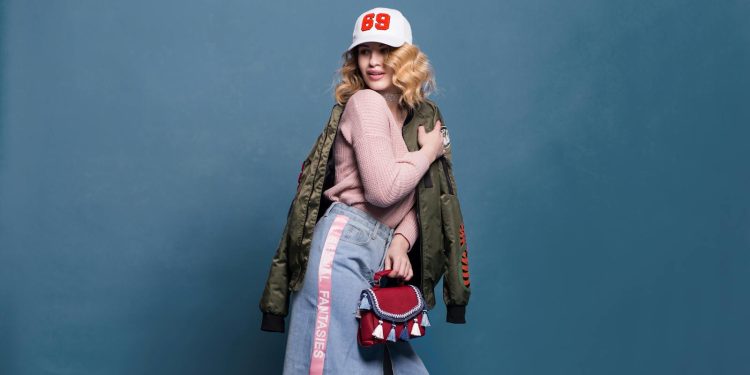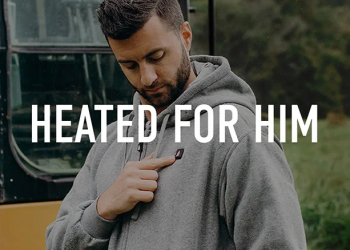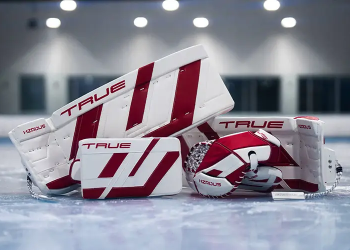Mixing textures is a powerful way to add depth, dimension, and interest to your outfits. When done correctly, it transforms even the simplest ensembles into sophisticated and visually compelling looks. While this styling technique can seem intimidating at first, mastering texture mixing is all about understanding balance, contrast, and harmony. Here’s how to mix textures like a pro and elevate your wardrobe with confidence.
Why Mix Textures?
Texture mixing allows you to create a multi-dimensional outfit that captures attention. It adds richness and variety to your look, making it stand out without relying solely on patterns or colors. Textured outfits often:
- Highlight unique fabrics and materials.
- Add depth to monochromatic or neutral palettes.
- Enhance the overall visual appeal of an ensemble.
Start with a Solid Foundation
Before diving into complex combinations, start with a neutral base. Select one primary texture as the foundation of your outfit. For example:
- A classic wool sweater.
- Denim jeans.
- A leather skirt.
Once you’ve chosen your base, build around it with complementary textures that enhance the overall look.
Contrast is Key
One of the golden rules of texture mixing is creating contrast. Pairing different textures ensures your outfit feels balanced and intentional. Examples include:
- Rough with Smooth: Combine distressed denim with a silk blouse for a striking contrast.
- Matte with Shiny: Pair a matte cotton trench coat with a sequined dress for an elevated look.
- Soft with Structured: Add a chunky knit cardigan to a sleek leather skirt to balance softness and structure.
Layering Textures
Layering is an excellent way to incorporate multiple textures into a single outfit. Here’s how to do it effectively:
- Outerwear: Use jackets or coats to introduce an additional layer of texture. A faux fur coat over a satin dress creates instant glamour.
- Accessories: Scarves, hats, and bags made from contrasting materials, such as suede or velvet, add subtle depth.
- Underlayers: Layer a lace or mesh top under a structured blazer for a dynamic combination.
Playing with Fabrics
Experimenting with different fabrics is essential for texture mixing. Here are some popular textures and how to use them:
- Leather: Adds edge and structure. Pair with soft knits or flowy fabrics to balance the look.
- Velvet: Luxurious and rich, velvet pairs well with casual materials like denim or cotton.
- Silk and Satin: These smooth, shiny fabrics add elegance and pair beautifully with rougher textures like tweed or corduroy.
- Denim: Versatile and casual, denim can be mixed with almost any texture for a balanced outfit.
- Lace: Feminine and intricate, lace contrasts well with sturdy fabrics like leather or wool.
Monochromatic Texture Mixing
If you’re hesitant about bold colors or prints, focus on monochromatic texture mixing. Stick to a single color palette while varying the materials. For example:
- Pair a black leather skirt with a chunky black knit sweater.
- Mix cream-colored silk pants with a beige faux fur coat.
Monochromatic looks keep the focus on texture, allowing the different materials to shine.
Adding Statement Pieces
Statement pieces are an easy way to incorporate textures without overcomplicating your outfit. Consider:
- Textured Bags: Croc-embossed leather handbags or quilted clutches can act as focal points.
- Shoes: Velvet heels, suede boots, or patent leather loafers can tie an outfit together.
- Jewelry: Pieces made from unconventional materials, like wood or resin, introduce subtle texture.
Balancing Prints and Textures
Combining prints and textures can be tricky but rewarding when done right. The key is moderation:
- Stick to one dominant print and pair it with textured neutrals. For instance, a plaid coat over a velvet dress.
- Use subtle patterns like pinstripes or polka dots for a balanced approach.
- Avoid overloading your outfit with competing elements—let one feature take center stage.
Seasonal Texture Mixing
Each season brings its own set of textures that work best for the weather and mood. Here’s how to adapt your texture mixing for the seasons:
- Spring/Summer: Lightweight fabrics like linen, cotton, and eyelet lace are perfect for warm weather. Pair them with breezy materials like chiffon or organza.
- Fall/Winter: Embrace heavier textures like wool, tweed, and leather. Layer these with plush fabrics like velvet or cashmere for warmth and style.
Experimenting with Texture Accessories
Accessories are a great way to dip your toes into texture mixing. Some ideas include:
- Belts: Add a snakeskin or braided leather belt to your outfit.
- Hats: A felt fedora or knit beanie introduces texture effortlessly.
- Scarves: Chunky knit scarves or silk neckerchiefs can change the dynamic of a look.
Confidence is the Ultimate Texture
The key to pulling off mixed-texture outfits is wearing them with confidence. Take risks, experiment with new combinations, and trust your instincts. When you feel good in your outfit, it will naturally resonate with those around you.








